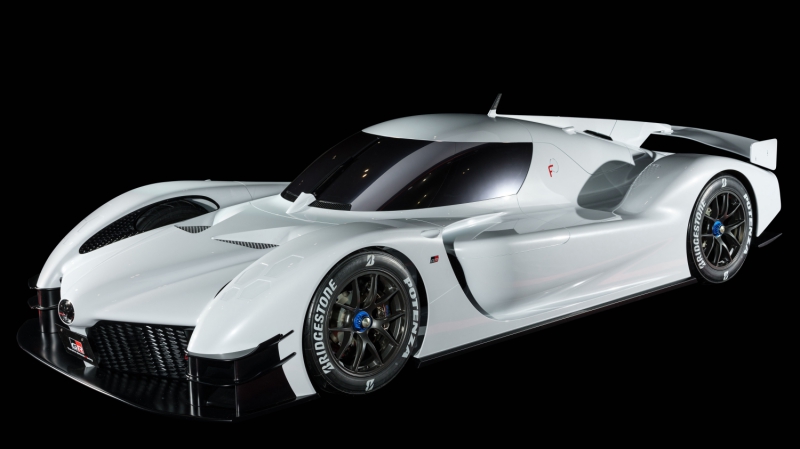You’d think that having just pulled itself together from billion euro losses to billion euro profits, acquiring Vauxhall-Opel, and now busy stitching itself up with FCA’s portfolio of brands, that PSA would want to take a breather to get its affairs in order. But no, PSA Motorsports has confirmed that it will, instead, return to the World Endurance Championship in the upcoming hypercar category from 2022. Absolute mad lads.
Granted that all goes well from now till the 2022 season and PSA enters WEC in the guise of the Peugeot banner, it would mark the return of the marque to the sport in a decade. What is enticing is that unlike Peugeot’s previous two attempts, hypercar class regulations require the company’s chariot to be accompanied by at least 20 production models over a two year period.

Already the new regulations have already garnered interest from the likes of Aston Martin with its upcoming Valkyrie, Brabham and its BT62 pseudo-race car, and even Toyota Gazoo Racing is eager to slip its ‘civilised’ GR Super Sport Le Mans car into the ring. But Peugeot? The word “hypercar” – or anything with the tag “super-” for that matter – and Peugeot goes as smoothly as an Anglophone reciting French literature out loud. From the maker more known for hot hatches, Peugeot’s back catalogue is as devoid of peak performance machines as the French are with the concept of chastity.
Credit where it is due, Peugeot isn’t a stranger to the whole “hypercar” class spiel, after all for what it lacks in dashing supercars, it more than makes up for it with the pure bravado of basing its concept cars around its Le Mans prototypes.

On the surface, Peugeot’s 2012 Onyx concept car was shaped by pure imagination with a carbon-fibre body paired with naked copper panels, and an interior made from compressed newspapers. Propelling it, on the other hand, wasn’t the stuff of imagination. Neatly tucked beneath the sharply-dressed Onyx was the 447kW 3.7-litre V8 diesel powerplant from Peugeot’s last LMP1 contender, the insectoid looking 2011’s 908, albeit strapped with a hybrid unit for added poke and green cred.
Weighing in at 1100kg and strapped with the fanciful price of £1,000,000, the Onyx certainly would have been worthy of admittance into the hypercar class. That being said, where the Onyx fired up the imagination of onlookers, it wasn’t quite straining the bounds of reality as its conceptual predecessor, the 908 RC concept of 2006, which was a full-on bonfire at the LSD factory by comparison.

Built to commemorate Peugeot’s entry into the LMP1 category with the 908 HDi FAP, the 908 RC was fitted with the racer’s 515kW+ 5.5-litre diesel V12. Nothing out of the ordinary in the world of concept cars, except that it was bodied as a four-door limousine, with the engine mounted transversely between the rear seats and the rear axle. It was as kooky as a bicycle made for a fish.
Unrealistic as the Onyx and 908 RC concepts are, the notion of Peugeot seriously considering the development of a car worthy to take on the likes of the Valkyrie, BT62, and GR Super Sport on both road and track is tantalising, to say the least. Has PSA CEO, Carlos Tavares’ golden touch in reviving the company’s fortunes awaken its latent desires to distance itself from its staid stagnation of the early-2000s and elevate its brand prestige? Come 2022, we will know for sure.

